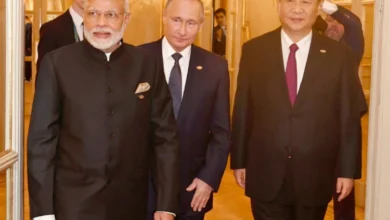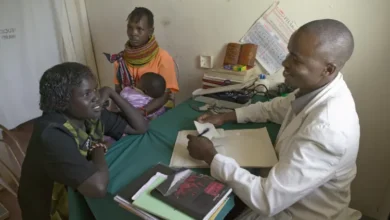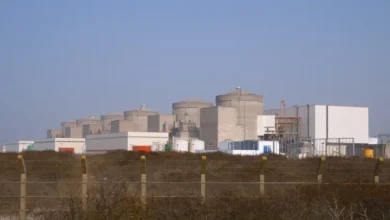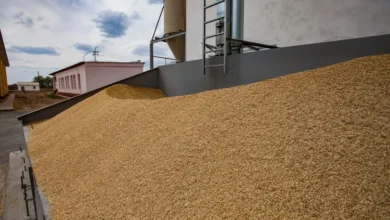
North Korean Defector Rescued After Floating Across Sea Using Plastic Foam
Man Tied to Styrofoam Swims to Ganghwa Island Amid Sharpened Border Security
A North Korean defector dramatically escaped to South Korea on the night of July 30, clinging to floating plastic foam to aid his journey across the cold, treacherous waters near Ganghwa Island—one of South Korea’s closest territories to the North.
Seoul’s Joint Chiefs of Staff reported that the man was spotted just north of the mid-river boundary along the de facto Northern Limit Line. The swim lasted approximately ten hours, culminating in his rescue at around 4 a.m. the following morning by South Korea’s naval forces. When questioned, the stranger signaled he wished to defect to the South.
This harrowing escape underscores the increasing lengths North Koreans endure to flee a country where border controls have become more draconian since the onset of the COVID-19 pandemic. Rather than head north through China, where policies are enforced strictly, some now attempt perilous maritime defection.
Only 236 North Koreans managed to make it to South Korea last year, a sharp decline linked to tighter border controls introduced during the pandemic.
How South Korea Welcomes New Arrivals
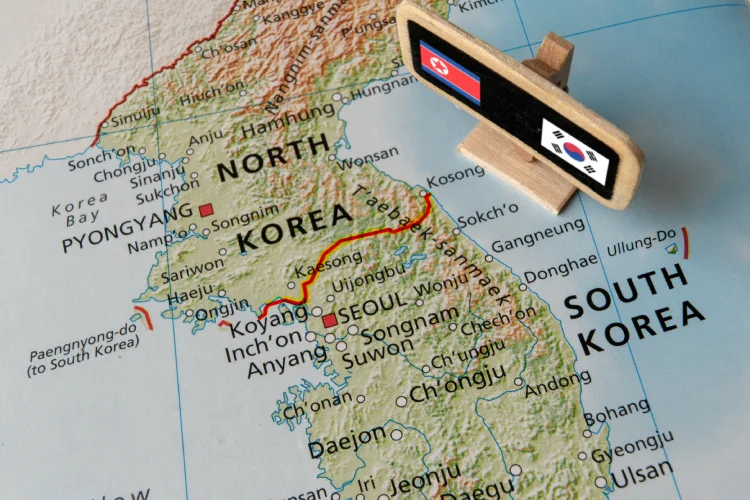
Once safely on South Korean soil, defectors like this man typically enter a structured process designed to integrate them into a liberal democratic society. First, they undergo a screening and interrogation phase by agencies such as the National Intelligence Service to verify their intentions and assess any security concerns.
They are then sent for a mandatory 12-week resettlement program at the Hanawon facility, where they receive instruction in practical life skills—using ATMs, paying bills, learning colloquial South Korean dialect, human-rights fundamentals, and everyday tasks like shopping and public transportation usage.
Despite its supportive mission, some defectors describe Hanawon’s environment as heavily controlled.
After completing the program, the South Korean government provides a range of settlement benefits, including a basic cash stipend (around KRW 8 million for a single-person household), and housing subsidies.
Defectors are also provided vocational training allowances, job placement services, and employer incentives for hiring defectors.
Education support, such as free or subsidized tuition, and in 2025, revised policies now eliminate age restrictions for college tuition assistance—expanding access for older students.
Moreover, specialized NGOs like Saejowi offer vital medical counseling, emotional support, and social integration programs, while groups such as PSCORE, the Korea Hana Foundation, and others help with mentoring, community ties, and continued assistance beyond initial resettlement.
The Long Road to Adjustment—and Challenges Ahead
Integration into South Korean society is never easy. Many defectors confront employment struggles, cultural misunderstandings, and mental health challenges. Reports suggest a considerable share earn low incomes—nearly 25 % fall into the lowest income bracket—while as much as 47 % report emotional distress; about 18 % may even attempt to return to the North due to isolation and societal pressures.
In recent years, the South Korean Anti-Corruption and Civil Rights Commission (ACRC) convened stakeholders—including the Ministry of Unification and Korea Hana Foundation—to explore new support measures.
They cited concerns like an increasing number of solitary deaths and a very low homeownership rate (just 5.6 % in Seoul) among defectors. Plans are underway to improve legal education, social outreach, and systemic support.

